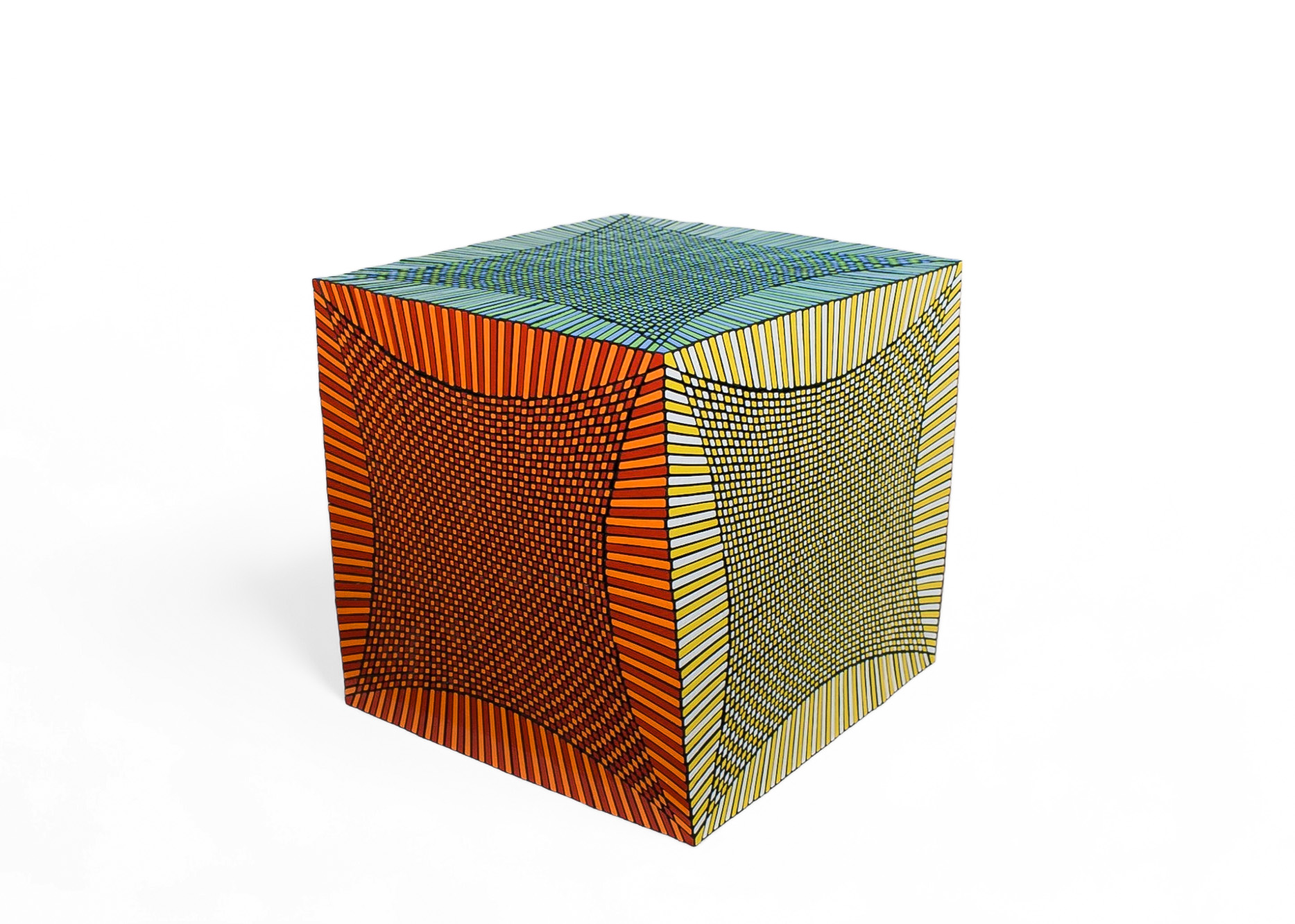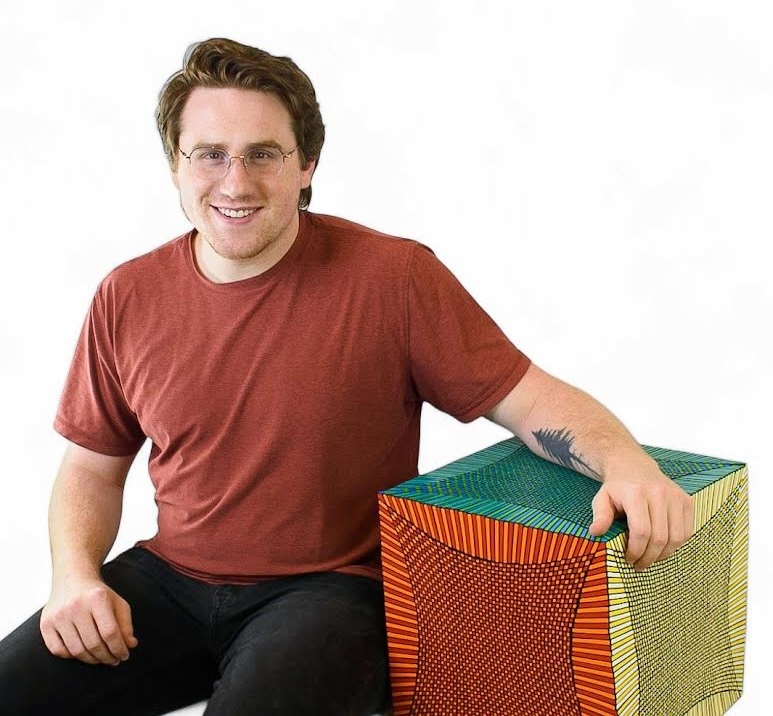cross-posted from: https://sh.itjust.works/post/23562018
Mere days after photos of a 35x35 surfaced, Preston Alden has unveiled a 49x49:
It weighs 30 kg, stands 34 cm tall, and consists of 13,827 pieces. Every piece of the cube was 3D printed using PETG plastic (aside from the bolts and springs).
Congratulations to Preston on such an incredible achievement. I’ve never seen olzing on such a large puzzle!
More info on the twistypuzzles forum: https://twistypuzzles.com/forum/viewtopic.php?t=39559
Is it even possible for a human to solve that?
Sure it is, it would just take a while. Beyond 6x6 or so, they don’t get more difficult, just more tedious.
How does it not get more difficult? Do the algorithms stay the same regardless of rows?
Do the algorithms stay the same regardless of rows?
Yes, exactly. The same algorithms used to solve a 6x6 can be used to solve an 7x7, or a 10x10, or a 49x49. You just need to repeat them for each layer.
Why bother then?
For record-breaking puzzles like this, the challenge is more in designing and building a functional puzzle. Solving it is comparatively easy, if tedious.
The difficulty would come more in manipulating the individual layers, than the actual mental process of solving it.
I feel like this would be super fragile and internal structures bend a lot with twisting.
Video of this in motion?




